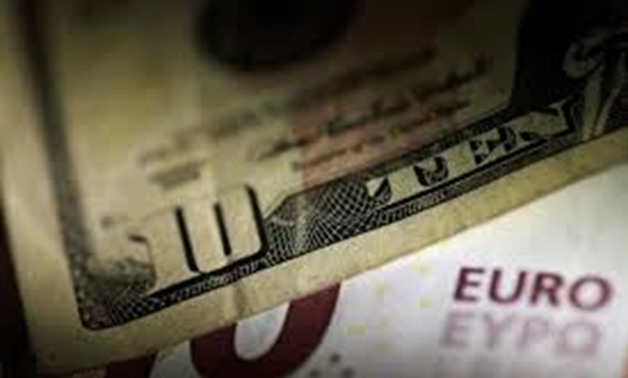
A U.S. Dollar note is seen in this June 22, 2017 illustration photo. REUTERS/Thomas White/Illustration
TOKYO (Reuters) - The dollar edged up against key peers such as the euro and the yen on Monday, boosted by the relative strength of the U.S. economy, while losing ground against the Canadian dollar following a rise in crude oil prices.
Financial markets in Australia, Hong Kong and many major countries in Europe are closed on Monday for the Easter holiday. Currency trading continues globally but volume is expected to be light.
The dollar was lackluster against the loonie as crude oil prices rose more than 2 percent following a Washington Post report the United States is likely to ask all importers of Iranian oil to end their purchases or will be subject to U.S. sanctions. [O/R]
The greenback has found support in recent weeks on the back of a gradual rise in U.S. 10-year Treasury yields and signs of strength in the world’s top economy, including better-than-expected retail sales in March, following a weak start to the year.
“It’s better to say that the euro has been weak rather than that the dollar is strong,” said Yukio Ishizuki, senior currency strategist at Daiwa Securities.
“Traders have mostly priced in the weakness of the euro zone economy by now,” Ishizuki said. “It’s a little bit difficult to see the euro weakening further from here, so I think it will be hard for the dollar to strengthen.”
The dollar index was last down a tenth of a percent at 97.383, drifting slightly lower after booking a 0.4-percent gain last week.
The index remained within striking distance of its 2019 high of 97.71 brushed in early March.
Investors’ immediate focus will be on U.S. existing home sales for March, due at 1400 GMT, for further clues on the health of the U.S. economy.
“Yields on U.S. bonds have picked up a bit. I think the dollar is bought to a certain extent in reaction to that,” said Kazushige Kaida, head of foreign exchange at State Street Bank.
In February, U.S. home sales surged to their highest in 11 months, as the housing market showed renewed momentum following a pause in interest rate hikes by the Federal Reserve.
The euro gave up nearly 0.1 percent to $1.1240, adding to last week’s losses of nearly half a percent after data on Thursday showed that activity in Germany’s manufacturing sector shrank for a fourth straight month in April.
Sterling was last a shade lower at $1.2996, dipping below the $1.30 handle and nearly 0.4 percent off a two-month low of $1.2945 hit last month.
A Canadian dollar coin, commonly known as the "Loonie", is pictured in this illustration picture taken in Toronto January 23, 2015. REUTERS/Mark Blinch
The Canadian dollar gained about a quarter of a percent to C$1.3360 on the back of the rise in crude oil prices following the Washington Post report.
Against the Japanese yen, the dollar was about 0.1 percent higher at 111.94 yen, within reach of this year’s peak of 112.17 hit on Wednesday last week.
Starting on Saturday, on Japan will have an unprecedented 10-day holiday from late April to early May to mark the ascension of the new emperor, Crown Prince Naruhito.
Daiwa’s Ishizuki said he expected currency trading by Japanese investors to remain relatively light as traders and companies are shifting into holiday mode.


Comments
Leave a Comment